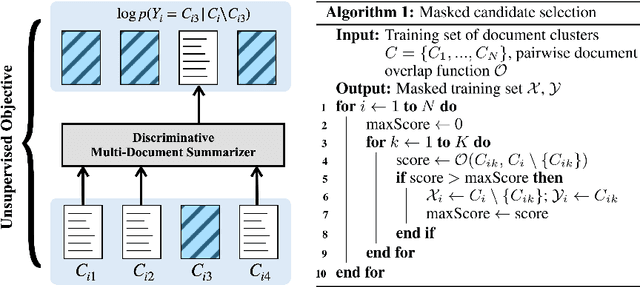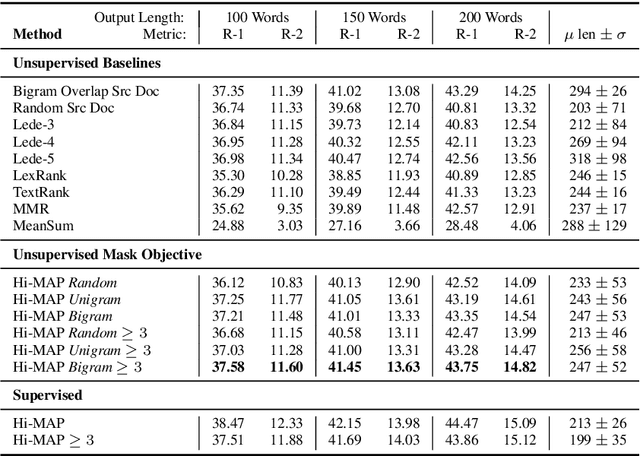Yujie Xu
Threshold Attention Network for Semantic Segmentation of Remote Sensing Images
Jan 14, 2025



Abstract:Semantic segmentation of remote sensing images is essential for various applications, including vegetation monitoring, disaster management, and urban planning. Previous studies have demonstrated that the self-attention mechanism (SA) is an effective approach for designing segmentation networks that can capture long-range pixel dependencies. SA enables the network to model the global dependencies between the input features, resulting in improved segmentation outcomes. However, the high density of attentional feature maps used in this mechanism causes exponential increases in computational complexity. Additionally, it introduces redundant information that negatively impacts the feature representation. Inspired by traditional threshold segmentation algorithms, we propose a novel threshold attention mechanism (TAM). This mechanism significantly reduces computational effort while also better modeling the correlation between different regions of the feature map. Based on TAM, we present a threshold attention network (TANet) for semantic segmentation. TANet consists of an attentional feature enhancement module (AFEM) for global feature enhancement of shallow features and a threshold attention pyramid pooling module (TAPP) for acquiring feature information at different scales for deep features. We have conducted extensive experiments on the ISPRS Vaihingen and Potsdam datasets. The results demonstrate the validity and superiority of our proposed TANet compared to the most state-of-the-art models.
Task-Oriented Semantics-Aware Communication for Wireless UAV Control and Command Transmission
Jun 25, 2023Abstract:To guarantee the safety and smooth control of Unmanned Aerial Vehicle (UAV) operation, the new control and command (C&C) data type imposes stringent quality of service (QoS) requirements on the cellular network. However, the existing bit-oriented communication framework is already approaching the Shannon capacity limit, which can hardly guarantee the ultra-reliable low latency communications (URLLC) service for C&C transmission. To solve the problem, task-oriented semantics-aware (TOSA) communication has been proposed recently by jointly exploiting the context of data and its importance to the UAV control task. However, to the best of our knowledge, an explicit and systematic TOSA communication framework for emerging C&C data type remains unknown. Therefore, in this paper, we propose a TOSA communication framework for C&C transmission and define its value of information based on both the similarity and age of information (AoI) of C&C signals. We also propose a deep reinforcement learning (DRL) algorithm to maximize the TOSA information. Last but not least, we present the simulation results to validate the effectiveness of our proposed TOSA communication framework.
An Unsupervised Masking Objective for Abstractive Multi-Document News Summarization
Jan 07, 2022

Abstract:We show that a simple unsupervised masking objective can approach near supervised performance on abstractive multi-document news summarization. Our method trains a state-of-the-art neural summarization model to predict the masked out source document with highest lexical centrality relative to the multi-document group. In experiments on the Multi-News dataset, our masked training objective yields a system that outperforms past unsupervised methods and, in human evaluation, surpasses the best supervised method without requiring access to any ground-truth summaries. Further, we evaluate how different measures of lexical centrality, inspired by past work on extractive summarization, affect final performance.
 Add to Chrome
Add to Chrome Add to Firefox
Add to Firefox Add to Edge
Add to Edge